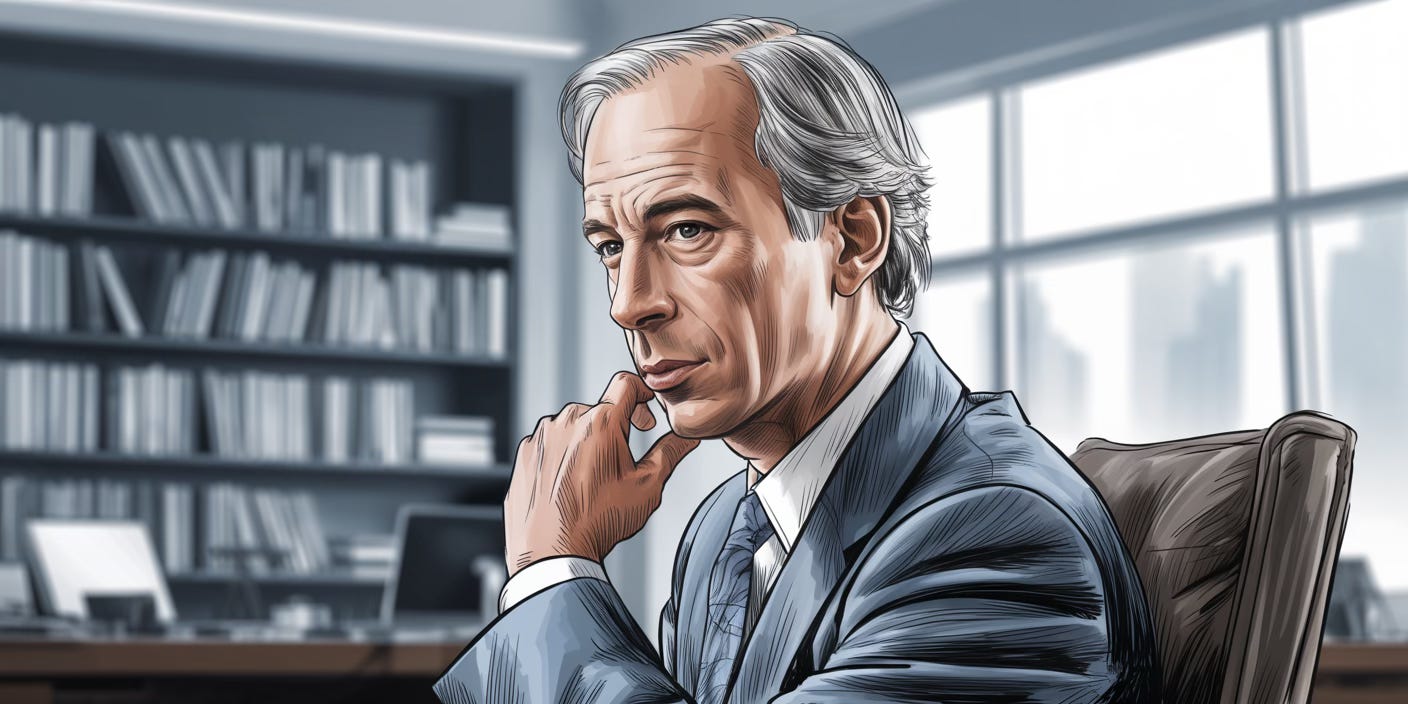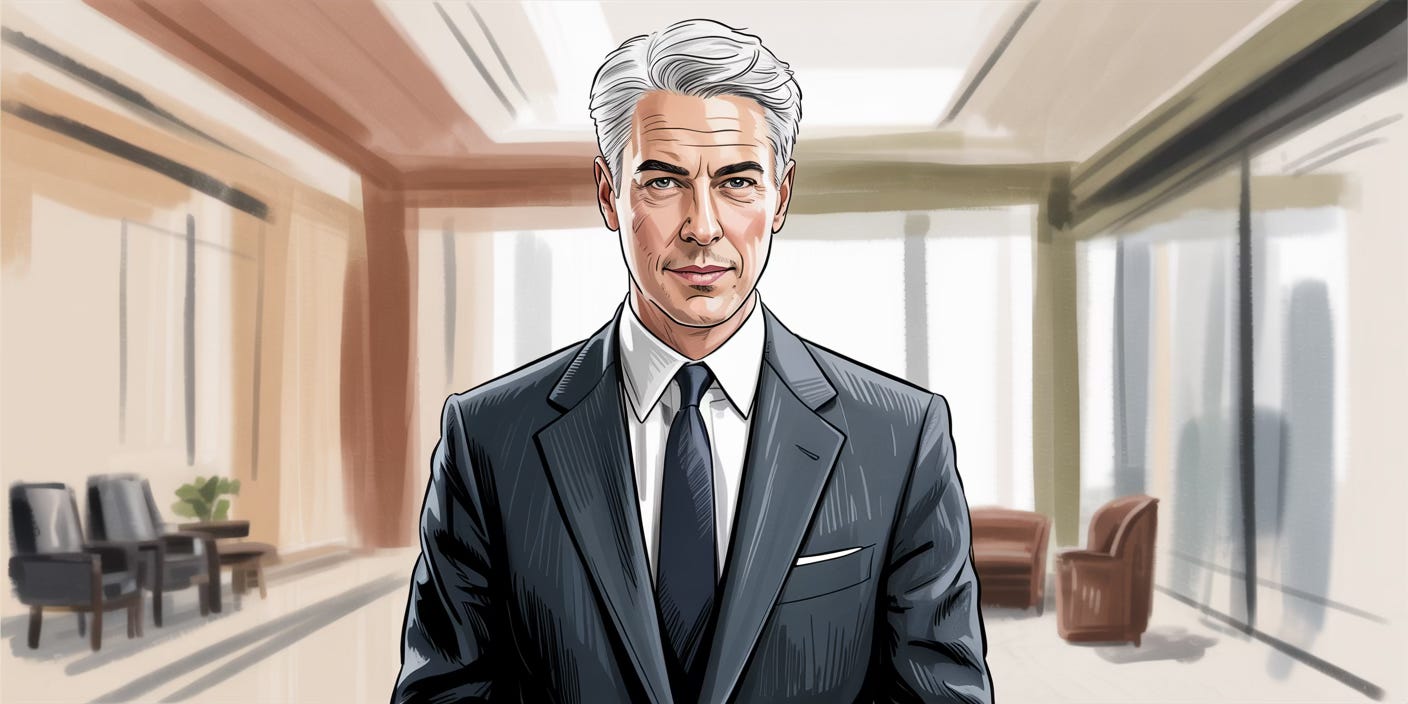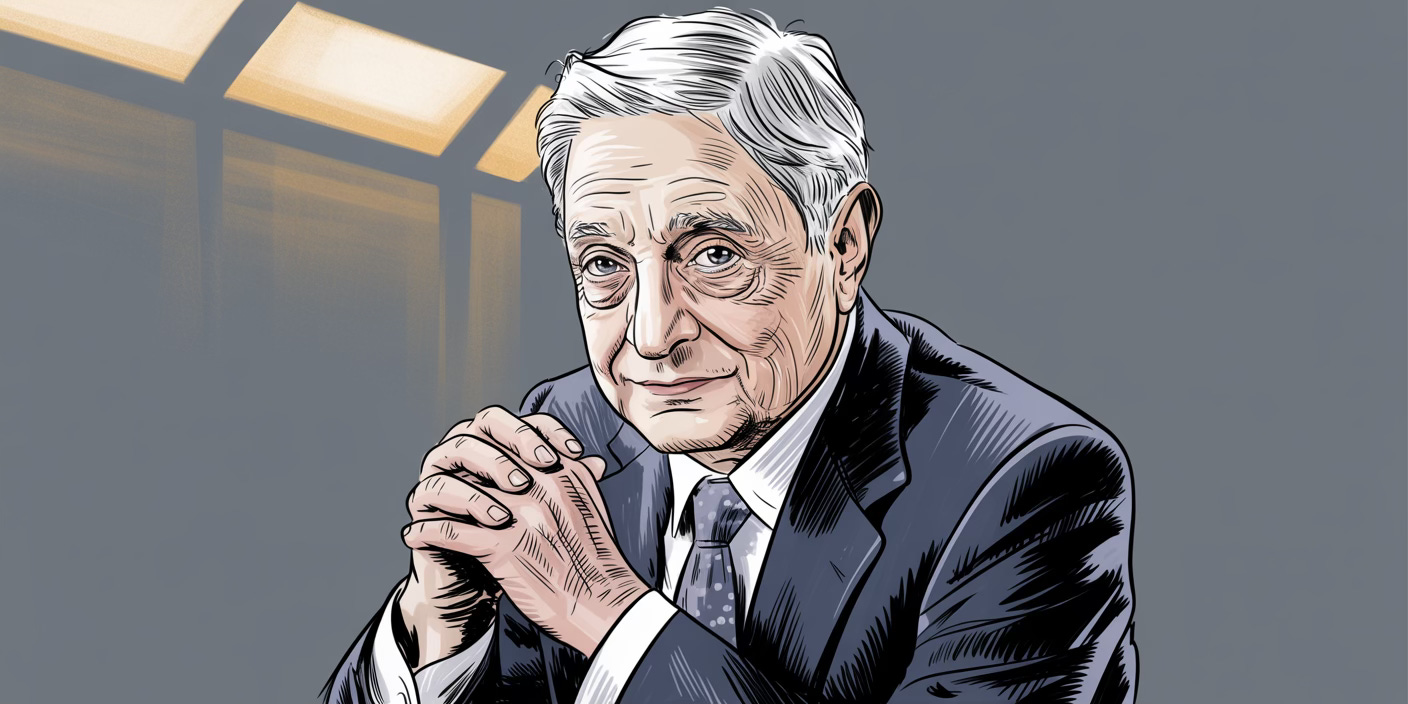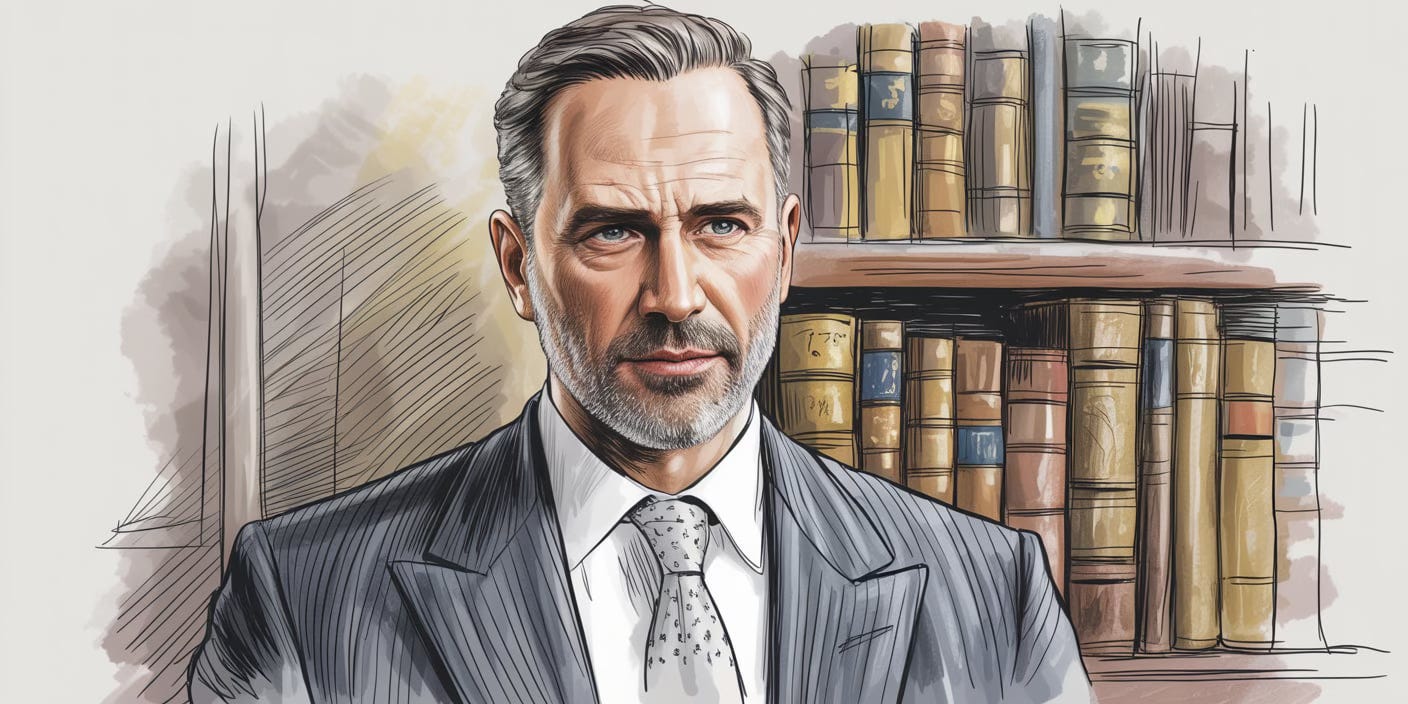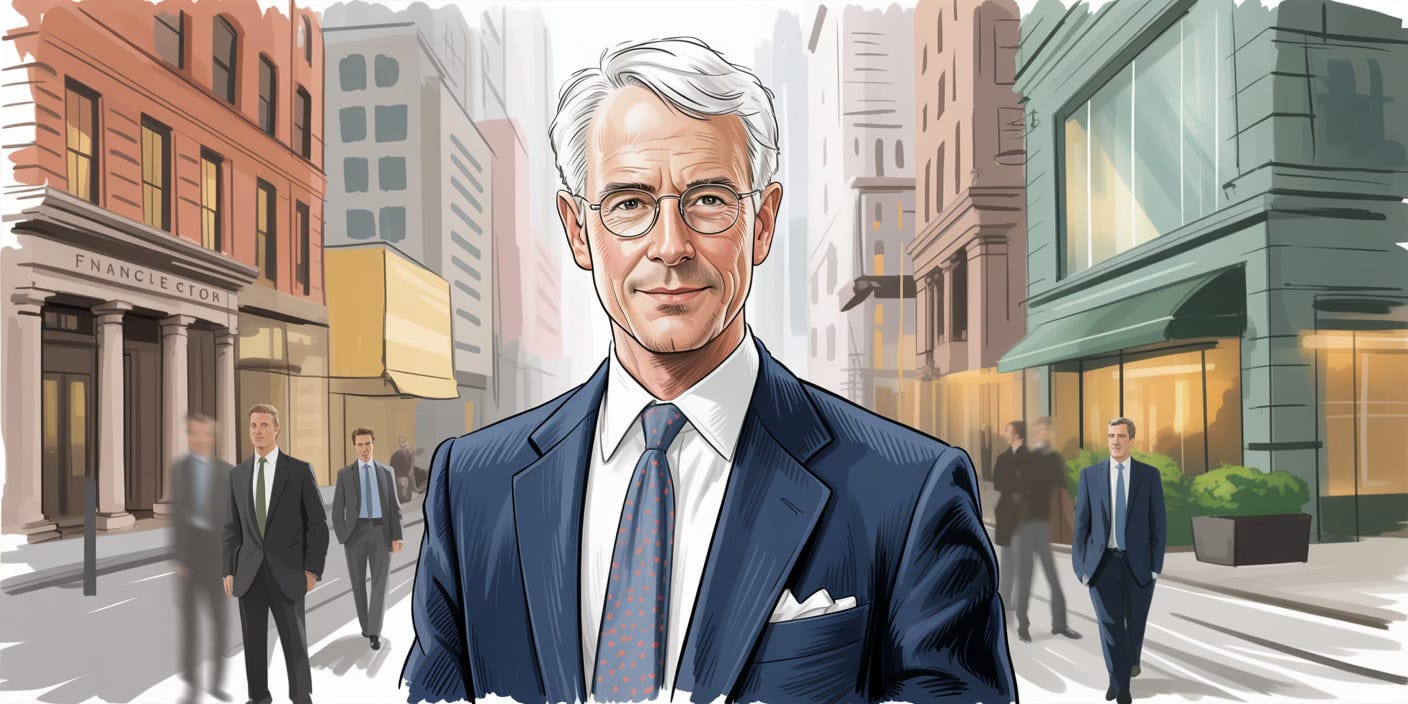Even Legendary Investors Struggle Sometimes — And That’s What Makes Them Great
Every strategy—no matter how sophisticated—works sometimes but not all the time.
In investing, hedge funds, top money managers, and professional traders are often portrayed as being run by brilliant minds who outsmart the market year after year, delivering big returns no matter what.
But this expectation is an illusion. Markets are inherently volatile, shaped by unpredictable forces such as geopolitical shocks, policy changes, and “black swan” events. Even the most legendary fund managers have losing years.
The Inevitability of Down Years for Top Managers
History is filled with examples of hedge fund titans whose brilliance didn’t spare them from humbling setbacks. These episodes aren’t exceptions—they’re the price of taking real risk.
Consider Ray Dalio, founder of Bridgewater Associates, the world’s largest hedge fund with over $100 billion under management. Dalio’s “Pure Alpha” strategy, built on macroeconomic insights and risk-parity principles, has produced legendary long-term results. Yet even Bridgewater has stumbled. It’s previously had drops of about 16% in one month alone.
Bill Ackman provides another example. in 2014, Pershing Square soared 40 %, and in 2020, Ackman turned a $27 million hedge against COVID-19 market risk into a $2.6 billion gain, one of the most profitable single trades in hedge-fund history.Through Pershing Square Capital Management. But 2015 was brutal: Pershing Square lost 20.5%, largely due to an overconfident stake in Valeant Pharmaceuticals. The pain continued into 2016 with another 13.5% loss, leading Ackman to publicly reflect on the dangers of conviction turning into stubbornness.
George Soros, whose Quantum Fund famously “broke the Bank of England” in 1992, endured his own losing streaks. Few names in finance command as much respect as George Soros, the founder of the Quantum Fund and one of the most successful money managers in history. Over several decades, Soros delivered average annualized returns exceeding 30 %. However, he’s suffered as much as 22.9% annual losses before.
Haidar Capital / Jupiter Fund, In April 2025, Said Haidar’s flagship Jupiter macro fund plunged roughly 25 %, marking one of the worst monthly losses in its 20+ year history. The carnage follows a brutal two-year stretch: in 2023, the fund lost over 43 %, and in 2024 it tumbled again by about 32–33 %. Despite its recent struggles, Haidar Capital’s Jupiter Fund remains one of the most remarkable macro hedge funds of the past two decades. The fund has historically delivered extraordinary gains. For example, Jupiter surged 193 % in 2022, one of the best performances in the entire hedge-fund industry that year, as its aggressive bets on rising interest rates and surging energy prices paid off spectacularly.
The message is clear: brilliance doesn’t equal invincibility. Every manager faces seasons of underperformance; what separates the greats is how they recover.
The Peter Lynch Story: Stellar Fund Performance vs. Investor Reality
Perhaps the most instructive lesson comes from Peter Lynch, who managed Fidelity’s Magellan Fund. Lynch delivered a staggering 29.2% annualized return. His “buy what you know” mantra turned Magellan into a household name, outperforming the market in 11 of his 13 years.
Yet the average investor in his fund earned just 7% per year—and many lost money. Why? Because they bought after strong years and sold after weak ones. They chased returns instead of staying invested. Lynch later remarked that while the fund made people rich, “the investors themselves did not.”
Conclusion
The stories of George Soros, Julian Robertson, Ray Dalio, Bill Ackman, and Said Haidar all reveal the same truth: even the best in the world lose money sometimes. Their brilliance lies not in avoiding drawdowns but in surviving them — learning, adapting, and compounding capital over decades. Markets evolve, regimes change, and strategies that once worked perfectly can suddenly falter. The ability to endure those transitions separates the enduring legends from the temporary stars.
For investors, the lesson is clear: expecting a hedge fund—or any strategy—to deliver massive profits every single year is not just unrealistic; it’s self-defeating. Great investing is a long game of patience and risk management. The most successful managers don’t chase perfection; they build resilience. Likewise, the most successful investors don’t demand constant wins; they stay committed through cycles.
In a world obsessed with instant gratification, true wealth comes from staying in the game. The best hedge funds prove that greatness isn’t measured by how often you win, but by how well you recover when you don’t.


